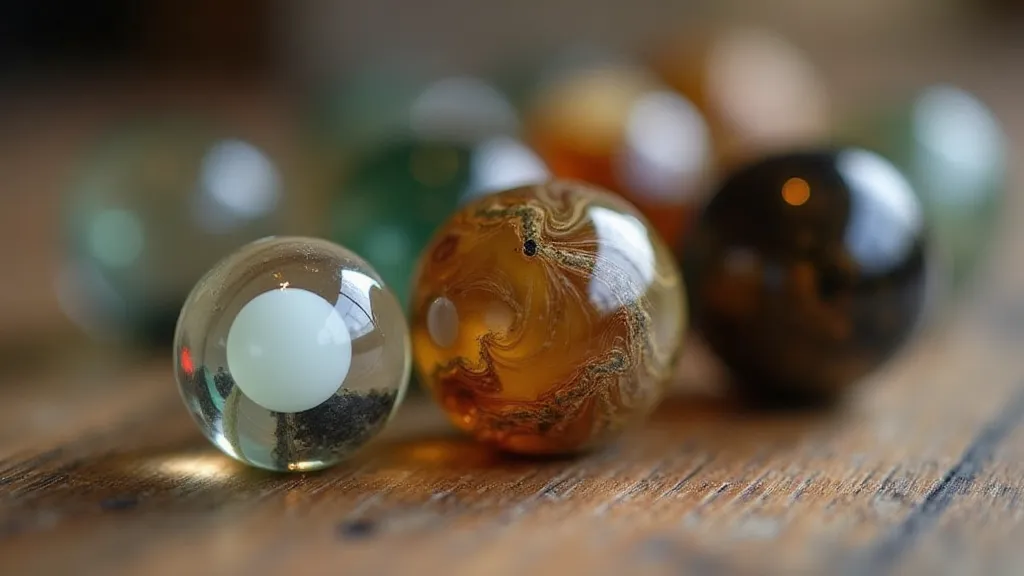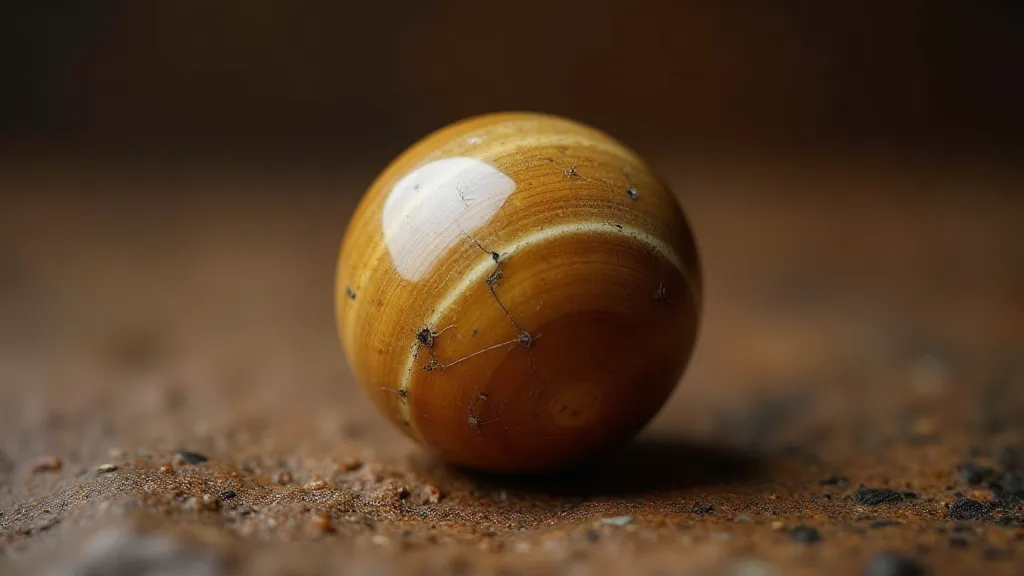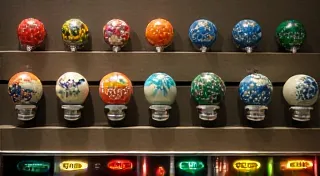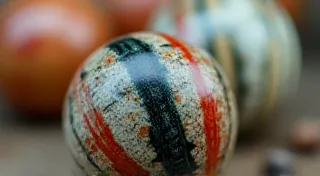Chromatic Echoes: How Marble Collecting Mirrors the Pursuit of Narrative Truth
The smallness of a vintage marble is deceptive. Held in the palm, it’s a miniature world, a perfect sphere of glass reflecting light and hinting at untold stories. For a marble collector, it's far more than a childhood toy; it's a portal to a forgotten era, a tangible connection to the hands that crafted it, and a potent metaphor for the writer's own quest to uncover truth from the fragments of history. My own journey into this peculiar hobby began, as many do, with a simple curiosity. I’d stumbled upon a box of marbles at a flea market, a jumble of colors and patterns that instantly captivated me. It wasn't about play; it was about recognition, a sense that these weren’t just objects, but vessels of memory.
The earliest marbles, dating back centuries, were often made from clay, stone, or even baked nuts. But the true flowering of marble making occurred in the 19th and early 20th centuries, coinciding with advancements in glass manufacturing. These weren't mass-produced items; each one represented hours of painstaking labor. Skilled artisans worked with molten glass, shaping it into spheres, and then decorated them with intricate swirls, patterns, and vibrant colors. The process was both art and craft, a marriage of technical skill and creative vision.

The Language of Color and Pattern
Each type of marble speaks a different language. "Suckers," the simplest form, with their clear glass and central opaque core, evoke a sense of innocence and childhood wonder. "Steelies," dark and mysterious with their metallic sheen, hint at a bygone era of industrial grit and ingenuity. “Agates,” with their complex swirling patterns that mimic natural stone, remind us of the beauty hidden within the earth. These aren't just decorative elements; they’re signifiers, carrying cultural and historical weight.
Consider the “clown” marbles, so popular in the early 20th century. The bright, cheerful faces painted onto these glass spheres reflected a culture eager to embrace entertainment and escape the hardships of the time. Or the "ghost" marbles, translucent white glass allowing a glimpse of the interior – they speak of fragility, of things seen and unseen, of the ephemeral nature of existence. Just as a writer uses symbolism and imagery to imbue their work with layers of meaning, so too did marble makers utilize color and pattern to convey emotion and story.
Restoration & Respect: Preserving Fragments of Time
Unlike a first edition novel, a damaged marble isn't necessarily beyond redemption. Small chips can be carefully polished, and surface scratches can be minimized. However, the key here, and where I find a profound parallel to the writer's careful approach to historical research, is restraint. Aggressive restoration often destroys the inherent value – the *story* – of the object. A perfectly polished marble, devoid of its imperfections, loses a piece of its past.
The same principle applies to writing. A writer tasked with chronicling a historical event can’t sanitize the narrative to fit a comfortable truth. They must confront the complexities, the contradictions, the ambiguities. They must preserve the rough edges, the unsettling details that reveal the full truth of the past. To smooth them away would be to betray the voices they’re trying to amplify.
I recall finding a “cat’s eye” marble at an antique show – a beautiful, swirling design, but marred by a significant crack. The temptation was to try and repair it, to eliminate the flaw. But I hesitated. The crack, as unsettling as it was, spoke of resilience, of survival. It was a testament to the marble’s journey through time, a physical reminder of the hands that had held it, the games it had witnessed.

The Collector’s Eye: A Writer’s Quest for Meaning
The act of collecting, particularly of antique marbles, isn’t simply about acquiring objects. It’s about curating a history, piecing together a narrative. Each marble represents a fragment of a larger story – the story of a craft, a culture, a time. The collector, like the writer, becomes a detective, meticulously researching, identifying, and cataloging their finds. They must learn to distinguish the authentic from the imitation, the valuable from the common. They become experts in a particular area, not for personal gain, but for the sheer joy of understanding.
The parallel extends beyond the research itself. A writer, much like a marble collector, often feels a deep emotional connection to their subject matter. They are drawn to stories that resonate with their own values and experiences. They are driven by a desire to preserve something precious, something fragile. And they are willing to dedicate countless hours to the painstaking process of uncovering the truth.
I often find myself pondering the lives of the children who once held these marbles, imagining the games they played, the joys they experienced. These small, glassy orbs are more than just toys; they are tangible links to a forgotten past. Just as a writer seeks to capture the essence of a human experience, a marble collector strives to preserve a piece of history, a fragment of a lost world. They are, in their own way, both seeking to illuminate the enduring truth of the human condition.

Beyond the Surface
Ultimately, the allure of vintage marble collecting lies not just in the beauty of the objects themselves, but in the stories they hold. It's a journey into the past, a celebration of craftsmanship, and a testament to the enduring power of human imagination. And for a writer, it offers a profound reflection on the very nature of their own craft – the meticulous pursuit of truth, the appreciation of beauty, and the unwavering commitment to preserving the stories that shape our world.





